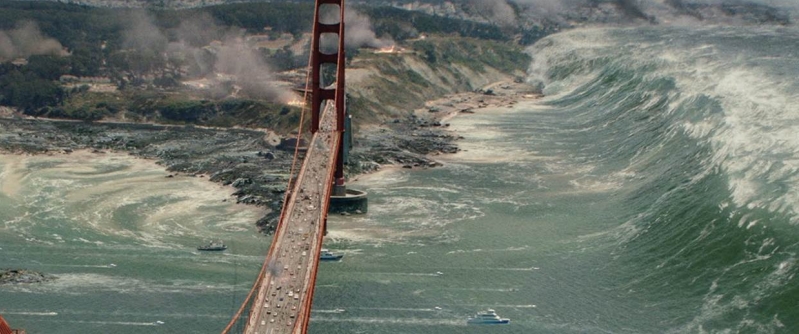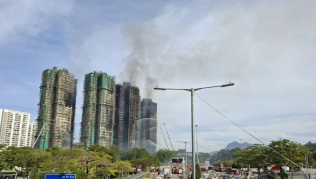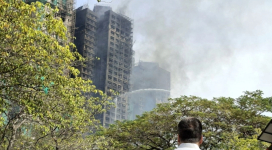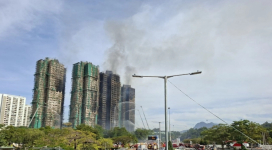
A new study indicated that Southern California has several offshore faults that could produce major earthquakes and trigger tsunamis, potentially affecting Los Angeles and San Diego.
A study published by the American Geophysical Union in the Journal of Geophysical Research: Earth Surface claimed that several, little known faults in the undersea landscape of Southern California could produce magnitude 7.9 to 8.0 earthquakes in the region. According to Michael Casey of CBS News, those earthquakes could trigger tsunamis across that part of the state.
"There is no need to panic and worry but you should be prepared now that we know there is a local tsunami potential," study author and geologist Mark Legg of Legg Geophysical in California said. "We know in the recent past, probably in the last few hundred years, there have been large magnitude 7-plus earthquakes on these offshore faults."
Legg added that "we should not be surprised if we have another one."
Casey reported that the last big quake generated from the faults happened in 1927, when a magnitude 7.0 earthquake struck in Lompoc, a city located about 100 miles west of Santa Barbara, and generated a 6-foot tsunami. Legg cautioned that scientists currently lack the data to help them determine when the next major earthquake strikes.
"Offshore studies are more expensive," Legg quipped.
According to Alan Boyle of NBC News, Legg argued that the hazard deserved more attention that it has currently received.
"That has not been looked at carefully when it comes to the potential for large earthquakes and tsunamis from offshore faults," Legg said.
Lucy Jones, science adviser for risk reduction in the U.S. Geological Survey's Natural Hazards Mission Area, told NBC News that California's offshore faults were "a complicated picture." Legg contended that there was a "complicated logjam" of faults created from the interaction between the Pacific tectonic plate and the North American plate.
"The research draws upon mapping data from a depth survey in 2010 that covered more than 2,800 miles (4,500 kilometers) of fault lines on the ocean floor, plus data from earlier surveys," Boyle wrote. "Legg and his colleagues focused on two fault zones in the Borderland - the Santa Cruz-Catalina Ridge Fault and the Ferrelo Fault."
Casey elaborated on how a potential earthquake could occur between those two plates.
"These chunks of crust get squeezed and rotated as the Pacific plate slides northwest, away from California, relative to the North American plate," Casey wrote. "The mostly underwater part of this region is called the California Continental Borderland, and includes the Channel Islands."
Even though the development could upset some people in California, Legg emphasized that preparation, not panic, will be essential for people living there.
"Worrying doesn't do anyone any good," Legg quipped. "Preparedness is the key."
According to NBC News, Legg hoped that more resources would be targeted to mapping the seafloor so a more accurate picture of Southern California's offshore faults can be made.
"This is not a billion-dollar job. Probably for a few million dollars you could finish the California Borderland," Legg said. "We have excellent maps of Mars and Mercury - and now they're talking about high-resolution imagery of Pluto. But we still don't have high-resolution bathymetry of our own backyard."







